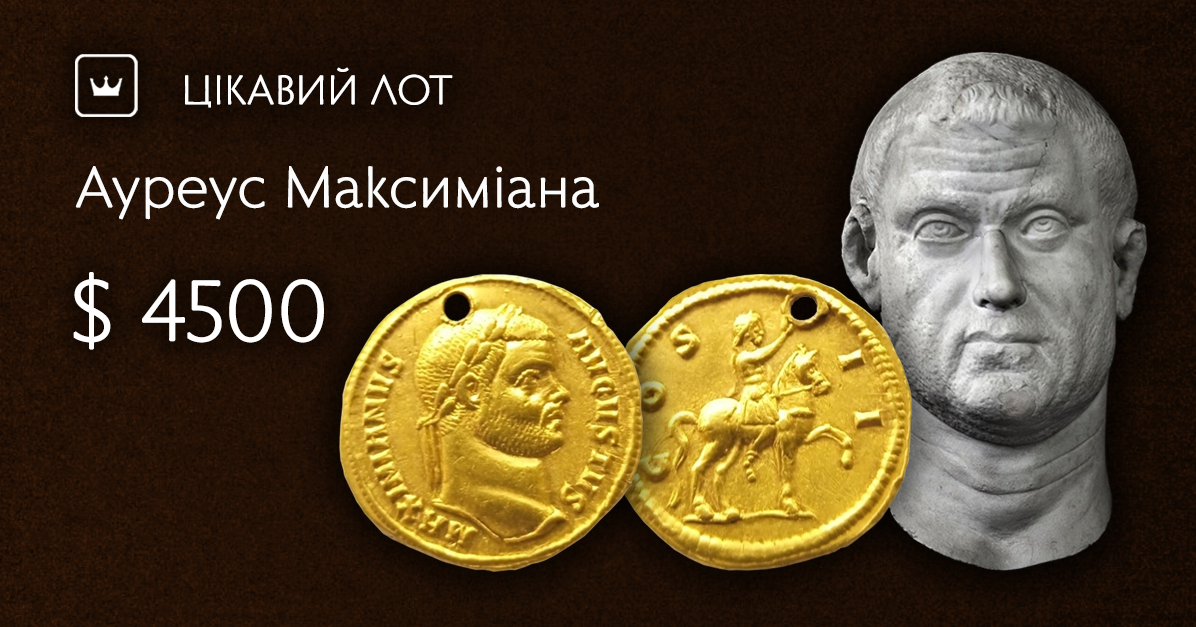
The political system of the Roman Empire of the early period can be characterized as a Principate, that is, the power of the head of the Senate. After the end of the crisis of the Roman Empire, the political system can be characterized by the term Dominate - that is, the full power of the emperor, when most of the institutions of the times of the republic lost their significance and influence.
Initially, the empire existed in the form of a tetrarchy, which began in 285, when the emperor Diocletian appointed Maximian first as caesar, and then in Augustus in 286. 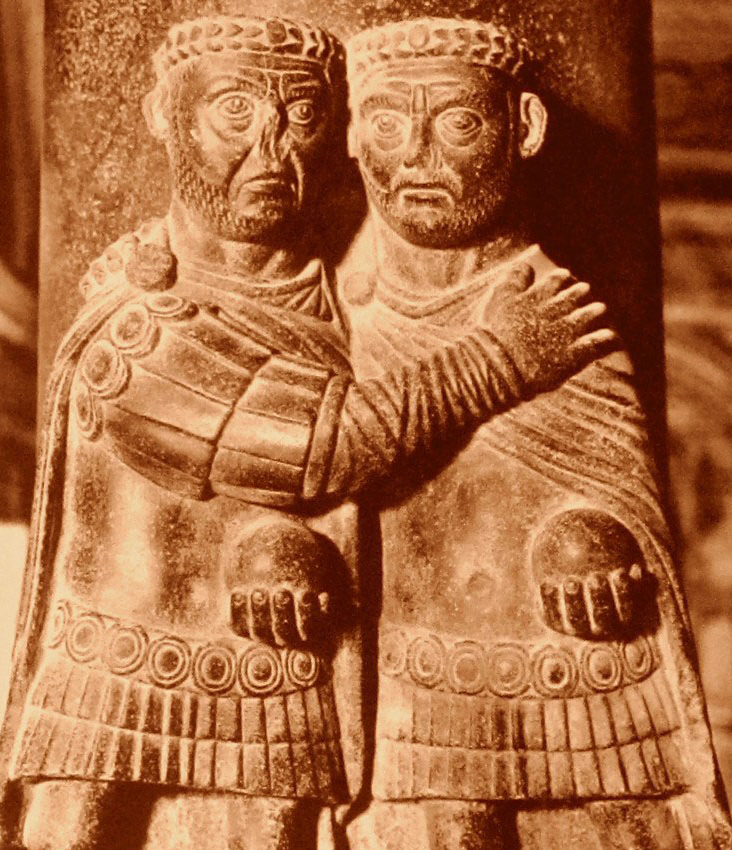 Then every Augustus in 293 had a Caesar appointed. It was assumed that the Augustus, after 20 lei of reign, would transfer their power to the Caesars. Diocletian and his Caesar ruled in the east of the empire, Maximian with Caesar in the West.
Then every Augustus in 293 had a Caesar appointed. It was assumed that the Augustus, after 20 lei of reign, would transfer their power to the Caesars. Diocletian and his Caesar ruled in the east of the empire, Maximian with Caesar in the West. Each of the four was responsible for some area of the empire, which is shown on the map.
Each of the four was responsible for some area of the empire, which is shown on the map.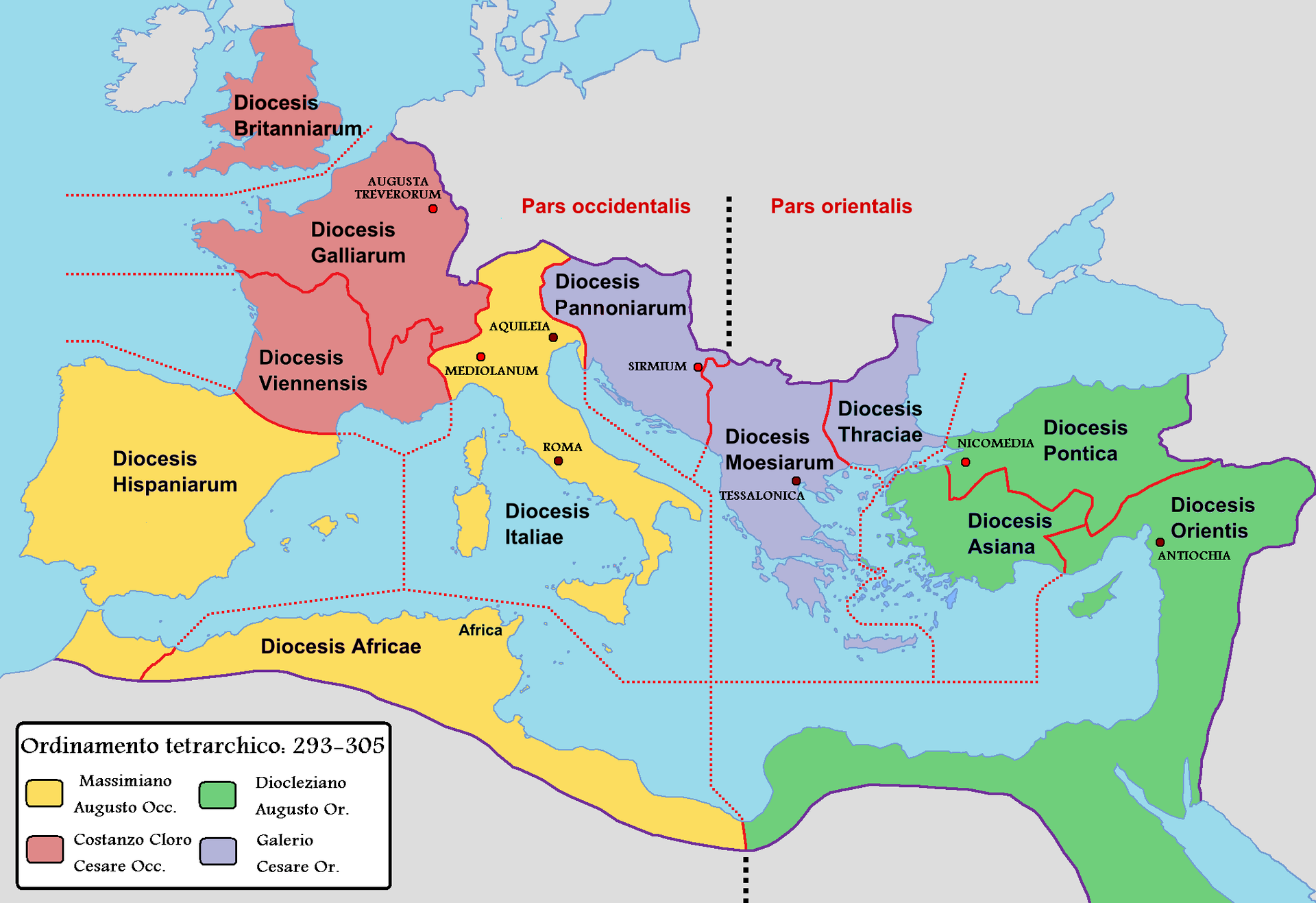

Diocletian and Maximian Vatican Museums

Four Tetrarchs, St. Mark's Basilica, Venice

The Roman Empire under the Early Tetrarchy. Maximian's area of exclusive responsibility shown in yellow, shared with Caesar in red
Maximian, like Diocletian, born in Illyria, they were comrades-in-arms in military service, and Diocletian completely trusted him. As Augustus of the West of the Empire, Maximian suppressed the uprising of the Bagauds in Gaul, successfully fought against the Germans, together with his Caesar Constantine defeated the rebellious British Empire, defeated the rebellious Berbers in Mauritania.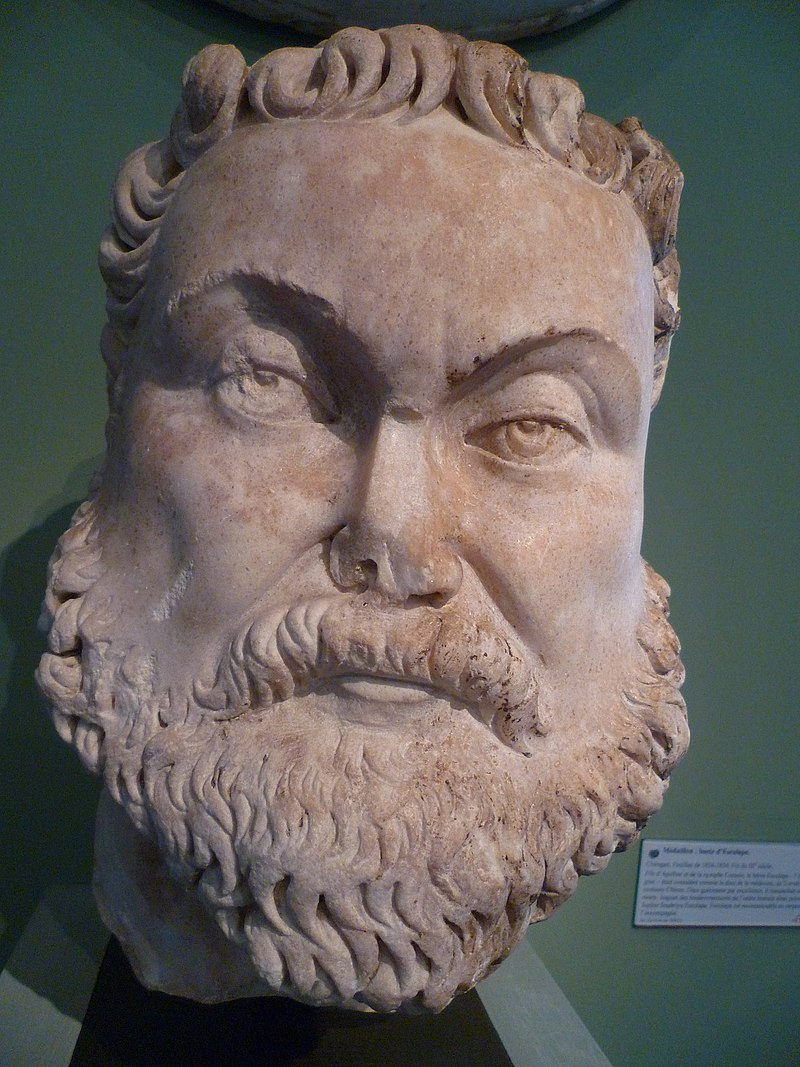

Bust of Maximian Herculius in the Museum of Toulouse
The aureus sold on Violity weighs 5.34 grams and was minted in the city of Cyzicus, famous for its coinage traditions, primarily minted centuries earlier with cyzikines, which were executed in the 5th century BC in ancient world role similar to the modern role of the US dollar. The obverse depicts a bust of Maximian crowned with a laurel wreath, the title inscription around Maximian Augustus.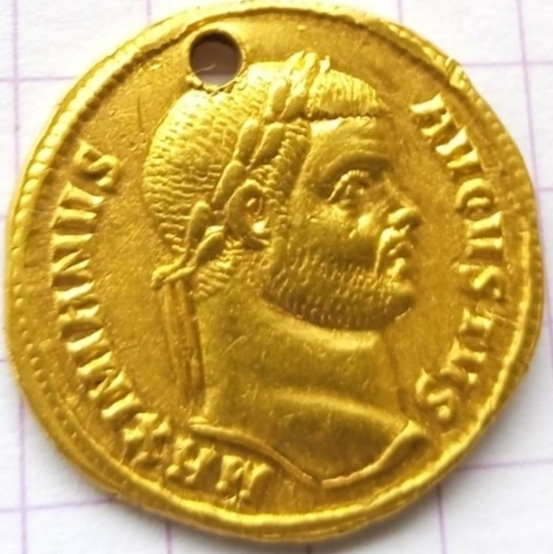
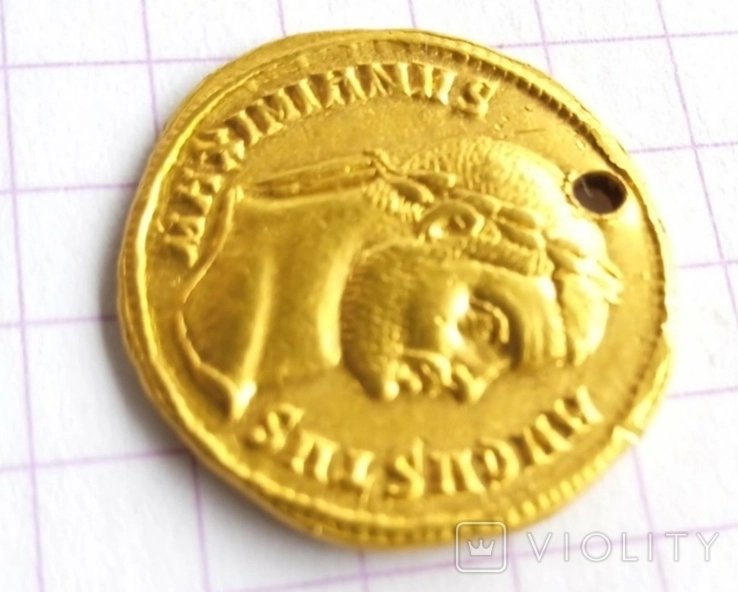 The reverse depicts the emperor on horseback with the indication of the two-time consulate.
The reverse depicts the emperor on horseback with the indication of the two-time consulate. 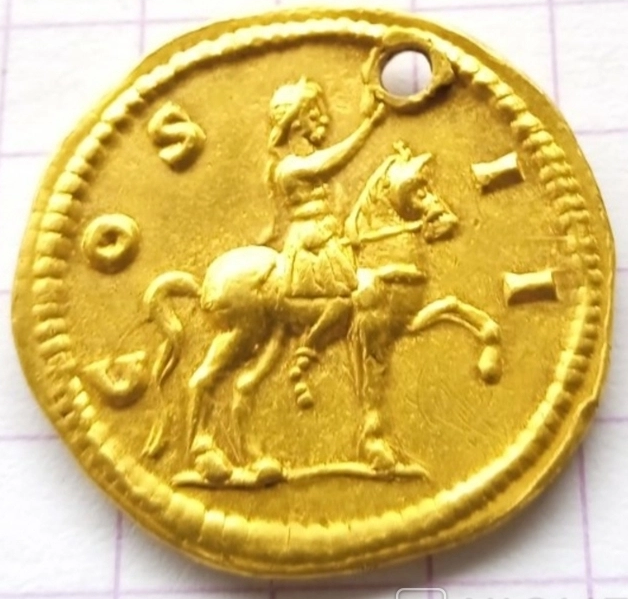
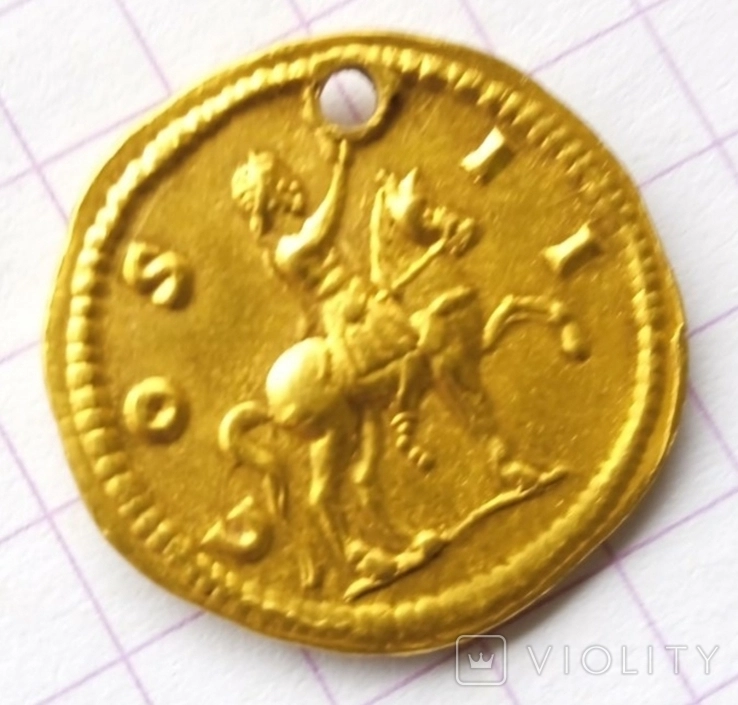 This fine coin will decorate the most exquisite collection of antique coins.
This fine coin will decorate the most exquisite collection of antique coins. 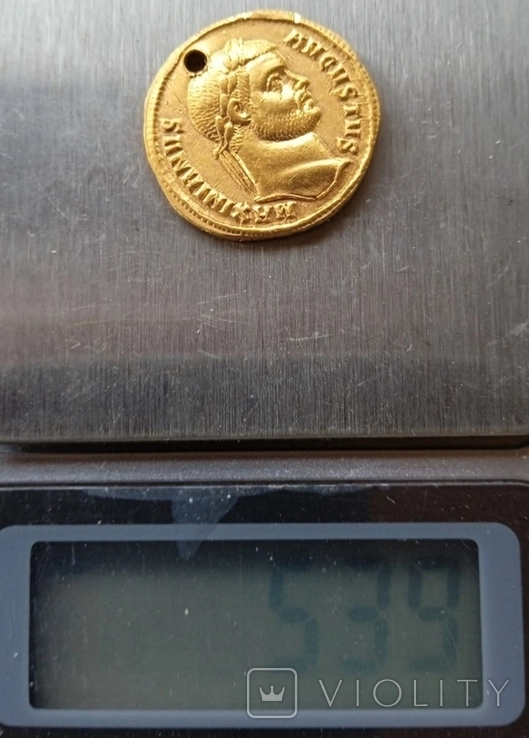

Aureus Maximian, 286 - 305,, Cyzicus Mint
Violity.com

Aureus Maximian, 286 - 305,, Cyzicus Mint
Violity.com

Aureus Maximian, 286 - 305,, Cyzicus Mint
Violity.com

Aureus Maximian, 286 - 305,, Cyzicus Mint
Violity.com

Aureus Maximian, 286 - 305,, Cyzicus Mint
Violity.com
